I started cold plunging a few months ago. I may be late to this movement, but before I exposed myself to this wild new cold water immersion therapy craze, I wanted to watch this trend play out with reasonable data and science. I’m the most hesitant and skeptical of “cure-all” quick fixes on the internet, and just to clarify this is not that. A cold plunge is not the answer to your fat loss problems, but there are some health and wellness benefits that you can capitalize on!
A huge draw for me: cold water therapy doesn’t cost anything! I have a pool in my backyard. You can take a cold shower and experience very similar benefits. This isn’t a magic supplement that’ll cost you thousands of dollars as your body becomes more dependent. This is using free/affordable resources around us to help support our mental and physical well being.
Let’s start with the mental health benefits.
“Hard choices, easy life. Easy choices, hard life.” Jerzy Gregorek
We live in a civilization today, that in most ways, is more privileged than any other that’s come before it. Life expectancy now exceeds 80 years old, however despite this “evolution” we see in humanity, there are major concerns with mental health. Statistics report that over 20% of the population in the U.S. (1 in 5) experience mental health illness. So, why do we struggle with mental well-being when the world has so many advancements in physical health and safety? An argument can be made that the “easiness” of today’s world is actually a big part of the problem. Historically survival has been a challenge. People had to gather resources and rely on the collective efforts of the group to survive which made life purposeful and healthy socialization was a function of society. Without these survival struggles, our bodies are left to make sense of our modern world. Rather than living a stress free life, our body begins to perceive our daily struggles as stressful. If we are to become resilient to hardship, we must expose ourselves to hardship. Voluntary Discomfort is the act of intentionally undergoing discomfort to train or better prepare oneself for hardship. In the simplest terms, if you choose to willingly do something difficult, you will become better at overcoming that task and its effects will often rub off on everything else you do each day.
In addition to exercise, which our community practices more regularly, cold water exposure is a very practical way to practice voluntary discomfort and build grit! A cold plunge, though deeply uncomfortable, has rapid benefits that include but are not limited to mental clarity, focus, presence, and yes, an expanded capacity for adversity. Exposing our bodies to stressors actually makes us stronger.
Biologist, Gary Brecka says that Cold Water Plunging will be your new, “drug of choice.”
If the mental health benefits weren’t enough to convince you to give cold plunging, here’s Gary Brecka’s list of a few of the physiological benefits of cold water immersion:
- Vasospasm: While cold plunging, your arteries clamp the blood out of your extremities and force this blood flow to your core and brain in an effort to save your life. This exercises your vascular system. Smooth muscle lines our arteries and this smooth muscle is capable of dilating and contracting. We can exercise this by exposing ourselves to the cold. The more often you expose yourself to cold water the faster you adapt to cold weather because the faster this vasospasm will occur. Water is about 29 times more thermogenic than air. This means that water releases heat from the body at 29 times the rate that air does. In addition to exercising your smooth muscle around your arteries you are feeding extra blood to your core which gives extra blood flow to your liver, lungs, pancreas, kidneys and oxygenated blood gets pushed to your brain.
- Endorphin Rush: Past research reveals that submerging your body in cold water increases dopamine concentrations by 250% and is proven to last several hours longer than using other methods of enhancing dopamine. This will elevate your mood and improve your emotional state.
- Cold Shock Protein: If you get cold enough, your liver releases what’s called a cold shock protein. These are proteins in your liver which are released when you expose yourself to thermal stress (both heat and cold). These cold shock proteins scour the blood of free radical oxidation. Free radicals cause cellular damage. Cold shock proteins have also been known to decrease inflammation and increase the rate of protein synthesis (which is muscle repair).
- Brown Fat Activation: Brown fat is our thermostat. We measure calories by measuring heat. A calorie is actually a definition of a measure of heat. It’s roughly the amount of energy it takes to raise 1 cubic centimeter of water 1 degree centigrade. So if calories are a measure of heat, when heat is leaving our bodies we can say that calories are leaving our bodies. Brown fat turns on our thermostat to restore our natural body temperature and is one of the best ways to activate visceral fat burn in the body.
Now that your interest has peaked, I bet you’ve got a few questions. I know I did! I answered some of those below.
What is a cold plunge? A cold plunge simply refers to the act of immersing most of your body in cold water. This can be done in various ways from adding cold water and ice cubes to your bathtub, an outdoor trough or bucket, or a cold lake. Even cold water from your shower head can suffice!
What’s the best temperature for cold water plunging? 50-60 degrees Fahrenheit, but remember that individual preferences and cold tolerance can vary, so work your way to that temperature over time as you get braver! Also the ice cold water coming out of your shower head can suffice!
How long do I cold plunge to get the maximum benefits? A good target time is three minutes in the water and a total plunge time of 11 minutes/week. Research shows no benefit going longer than that. Work your way up to that target time (3 min/day, 11 minutes/week). Gradual exposure is best according to most doctors.
When’s the best time of day to cold plunge? While cold plunging after strength training can help with muscle soreness and inflammation, there are some potential downsides to cold plunging after strength training. Cold water immersion can blunt the processes that contribute to muscle hypertrophy and strength. Muscle hypertrophy is when muscle protein synthesis exceeds muscle protein breakdown and results in muscle growth. This doesn’t mean that people who cold plunge right after resistance training will have no muscular adaptations, they will just be less compared to people who wait a few hours or don’t plunge at all. Cold water immersion does not appear to negatively impact aerobic training adaptations or performance- so taking a plunge after a jog or other aerobic training session won’t be a problem. A good strategy: reserve cold plunges for cardio or rest days and if you want to plunge on the same day as a resistance session experts recommend doing it beforehand or waiting at least four hours post exercise so you don’t blunt your gains.
What about the breathing? Your body will want to instinctively hyperventilate when you get in. Slow your breathing so each breath takes about three seconds. Don’t hold your breath!
This post contains affiliate links. If you purchase something from these links, we could earn a small commission. This would be at no additional cost to you.
If I want to get fancy, where can I purchase a cold plunge tub, pod, or barrel?
- The Cold Pod (85 Gallons)
- The Cold Pod (116 gallons)
- Moyanne Ice Bath Tub (176 gallons)
- Ice Barrel Bathtub
Will Cold Plunges solve all my problems? Cold plunging is by no means a cure-all treatment and it comes with some risks if you don’t plan carefully. Consider starting with cold showers and working up to 1-2 short old plunges per week on non-strength training days and always listen to your body.
We’d love to hear your opinion on this in the comments! Giving it a go or not worth it?
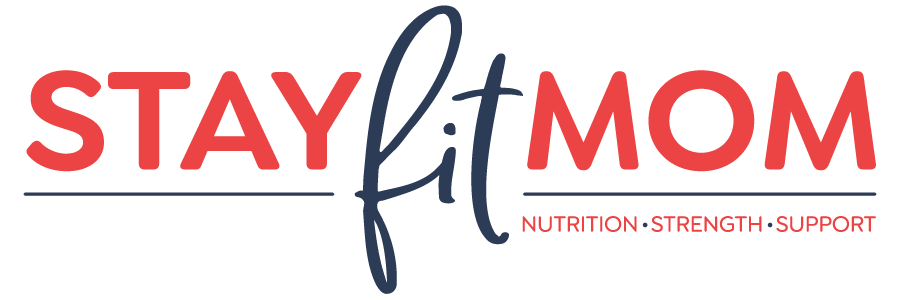
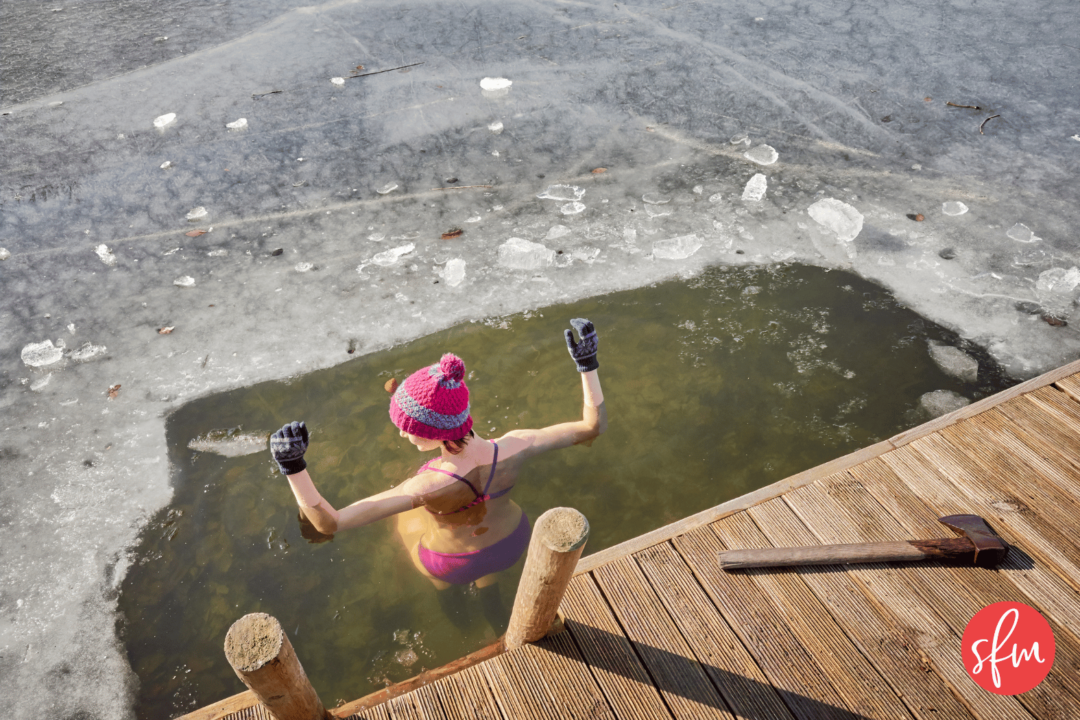
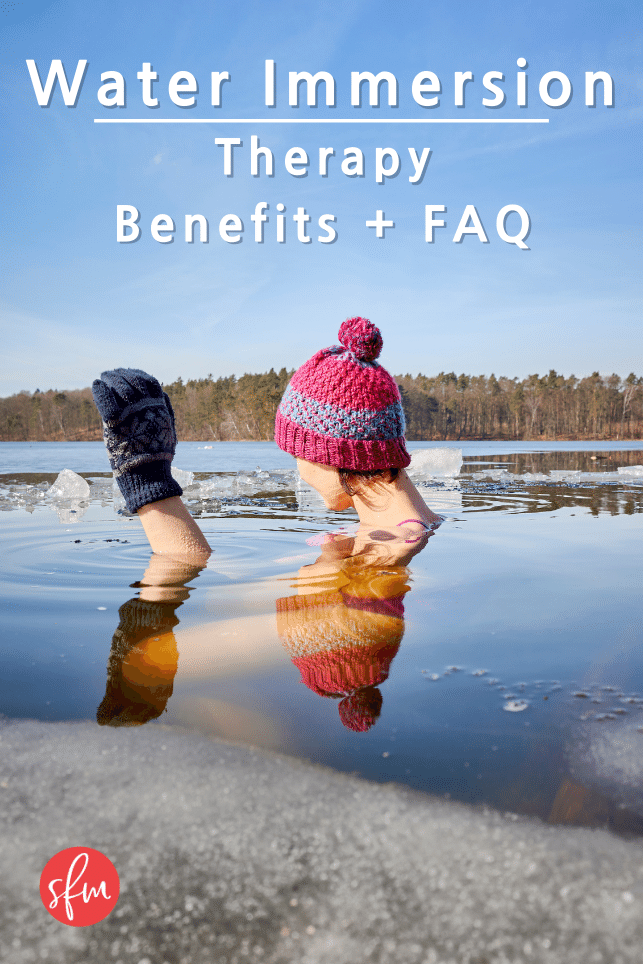
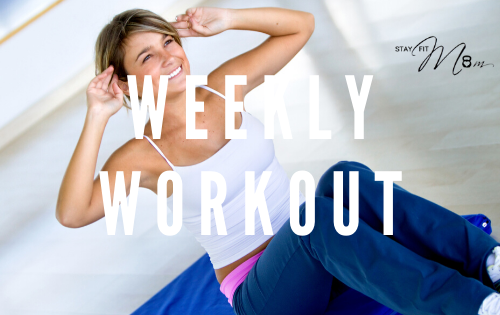
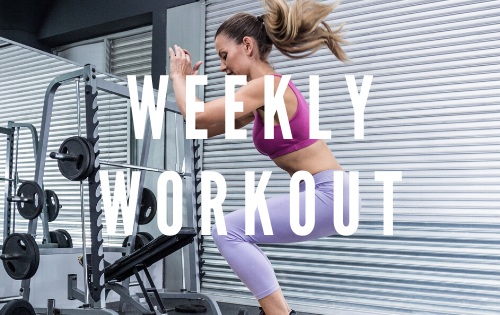
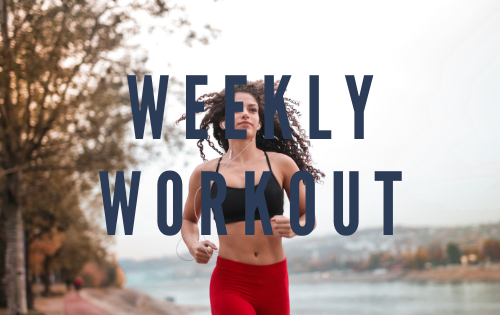
No Comments